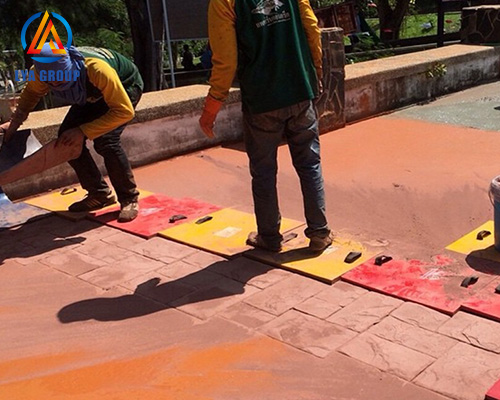Additional details about floor stamping mold
News 2024年1月30日 120

Certainly! Here are some additional details about floor stamping mold:
Process: The process of floor stamping mold involves several steps. First, the concrete surface is poured and leveled to create a smooth and even base. Once the concrete reaches the appropriate consistency, color hardeners or release agents may be applied to add color and prevent the stamp from sticking to the concrete. The stamp mold is then pressed into the surface using a combination of downward pressure and a slight twisting motion to ensure proper adhesion and transfer of the pattern. After stamping a section, the mold is carefully lifted, and the process is repeated until the entire surface is stamped. Once the concrete has cured, the floor is often sealed to protect it from stains, moisture, and wear.
Versatility: Floor stamping mold offers a wide range of design options. The stamp molds can replicate the look of various materials, including natural stone, brick, tile, wood, and more. Additionally, different stamping techniques, such as overlapping or rotating the stamps, can create unique patterns and textures. This versatility allows homeowners and designers to achieve customized and visually appealing floors that complement their overall aesthetic.
Durability: Stamped concrete floors are known for their durability and longevity. Concrete is a strong and resilient material, and when properly installed and maintained, stamped floors can withstand heavy foot traffic, weather conditions, and regular use. The addition of sealers and protective coatings further enhances the floor’s durability, making it resistant to stains, abrasions, and fading.